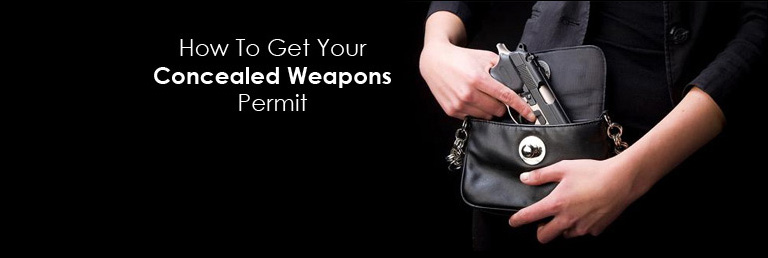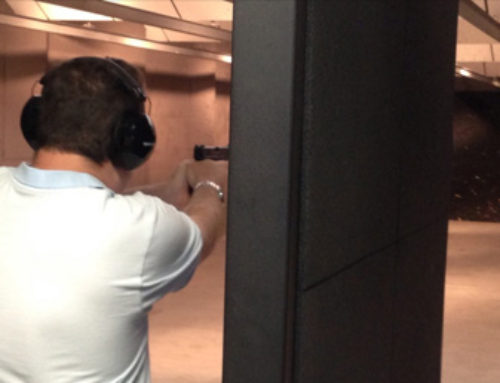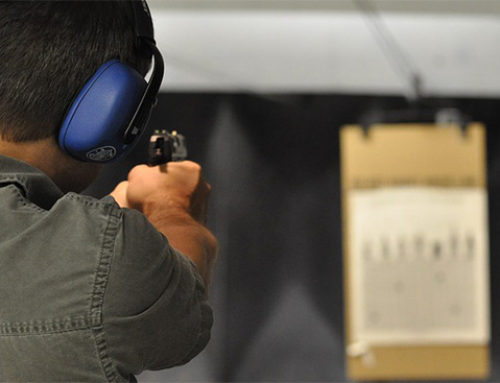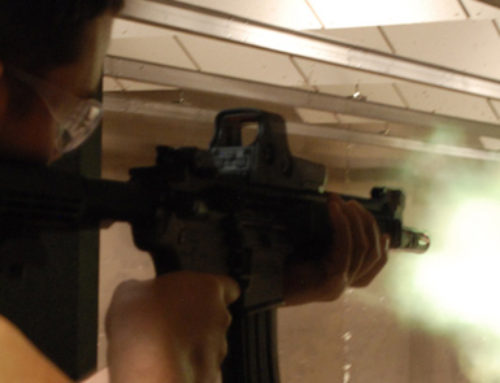I remember when I turned 21 and was eligible for a concealed weapons permit. I started out carrying the only pistol I owned (a full sized Colt 1911). I was very well versed on the laws (the do’s and don’ts) but other than that, I really didn’t have any additional knowledge about how to carry, what to carry and how to prepare my firearm for carry. When you decide to carry a firearm for personal protection, you have to make sure that it will be as reliable as possible and that it will be secured to your person appropriately based on the level of activity you expect to have each day. Over the past 16 years of carrying a concealed weapon, I have developed my own personal checklist of rules and logic (state of mind) that I have picked up from personal experiences and the feedback of friends and fellow concealed carry citizens.
- Always carry (never leave home without it).
- As long as you are able to legally carry your firearm, you should always carry it with you (like putting on your underwear). You can never assume that any particular day or route or destination will not be the moment or place that you are confronted with a threat to you or your family.
- Don’t get hung up on calibers (Go BIG or Go home??).
- Anything is better than nothing. I have learned that life and what activity you have for each day will dictate what you can or can’t carry. I choose to have several sizes of firearms and calibers based on what I need to wear or what type of activity I am going to be doing. I will carry anything from a .22 magnum American Arms revolver to a full sized FNP .45 ACP. It all depends on what I can accommodate at that moment. This of course is directly related to point 1.
- NOTE: Educate yourself on the ballistic properties of each of the calibers you might carry and know their effective range and shot placement based on energy.
- Always test your firearm before you carry it.
- Never make the mistake of pulling your shiny new carry firearm out of the box and inserting it directly into your holster. There are many things that could be defective with the firearm. You don’t want to find out that that model has a defective firing pin or a mag release that drops your magazine after the first round! I always take a new firearm through a few basic steps and firing drills such as;
- Basic visual inspection and cleaning.
- Basic mechanical functionality (slide, springs, mag release, etc…)
- Basic Dry fire test.
- Range time:
- Basic target practice to familiarize yourself with sight picture, recoil and trigger pull.
- Rapid fire drill to stress possible feeding or cycling issues.
- NOTE: Don’t forget to test each magazine with the above steps.
- Always run the ammunition you intend to carry through your gun.
- All firearms may experience a malfunction with certain types of ammunition. Experience has shown me that in rare instances, you will find a combination of firearm and ammo that do not like each other and will not cycle or feed properly when combined. I always take 2-3 magazines worth of the defense ammo I will carry and run it through my gun before I will carry it.
- Always carry at least a second magazine (more if you can).
- The most likely component in your firearms to fail is the magazine. Magazines have many parts that can cause a failure to feed such as the spring, base plate, and follower and feed lips. In the event of a miss feed, jam, or stovepipe you will almost always need to clear the magazine, clear the chamber or slide and insert a new magazine. If in fact the magazine was the root cause of the failure, then reinserting the same magazine will only repeat the problem.
- NOTE: Test all magazines that you intend to carry (review point 3)
- Make sure your firearm is properly secured to your person.
- It is imperative that when you carry, you use an appropriate holster, clip, fanny pack or purse that you know will not allow the firearm to fall out during whatever activity you expect to have during the course of your day.
The above checklist is a quick getting started guide for anyone that is contemplating to conceal carry or has just recently started to conceal carry. Anyone of the above points can be expanded upon at greater length and detail. Finally it is important that you know and understand your local state and federal laws on concealed carry of a firearm.
By: Martin Cardenal







